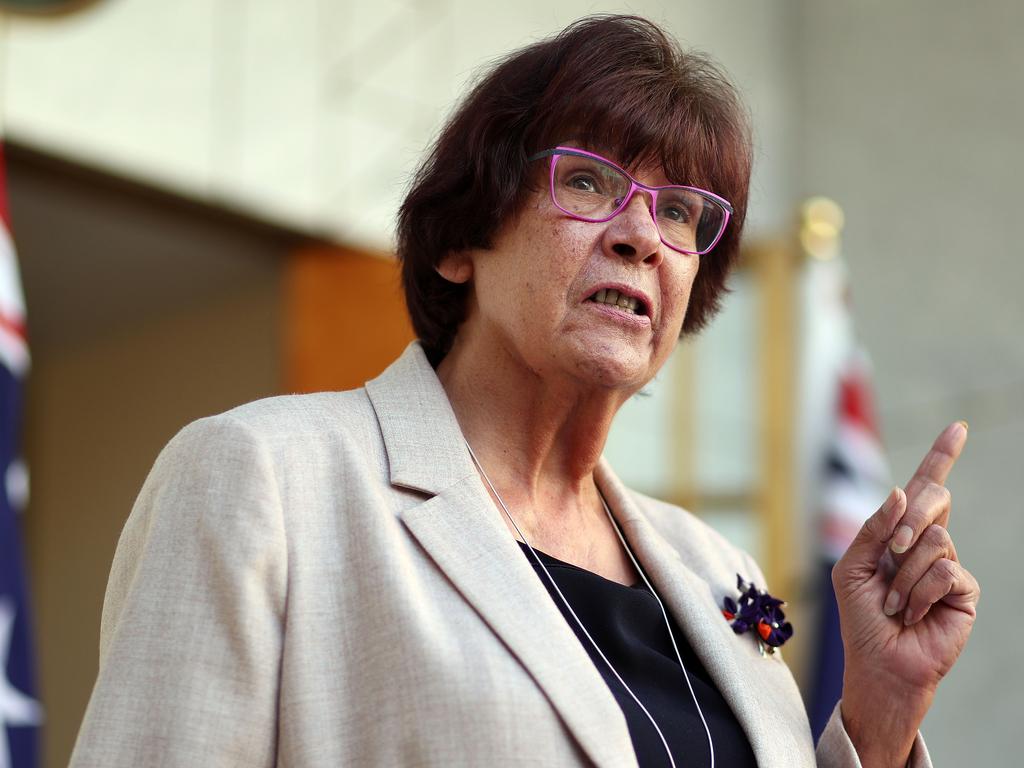High-profile dissent mars momentous Indigenous pact
Indigenous figures Noel Pearson, Megan Davis and Warren Mundine slap down second Closing the Gap agreement.
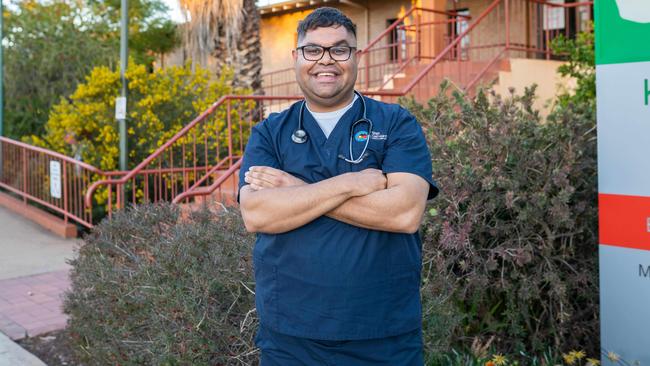
The rewritten blueprint for reducing Indigenous disadvantage is a wide-ranging commitment to cut incarceration while increasing education levels, life expectancy and the amount of land and sea mass under the control of Aboriginal and Torres Strait Islander people.
But the long-awaited second Closing the Gap agreement, released on Thursday, was immediately slapped down by some of the country’s most prominent Indigenous figures, including Noel Pearson, Megan Davis, Roy Ah-See and Warren Mundine.
As The Australian revealed two weeks ago, the deal signed by the commonwealth, every state and territory and some 50 peak Indigenous organisations includes new targets on Indigenous incarceration.
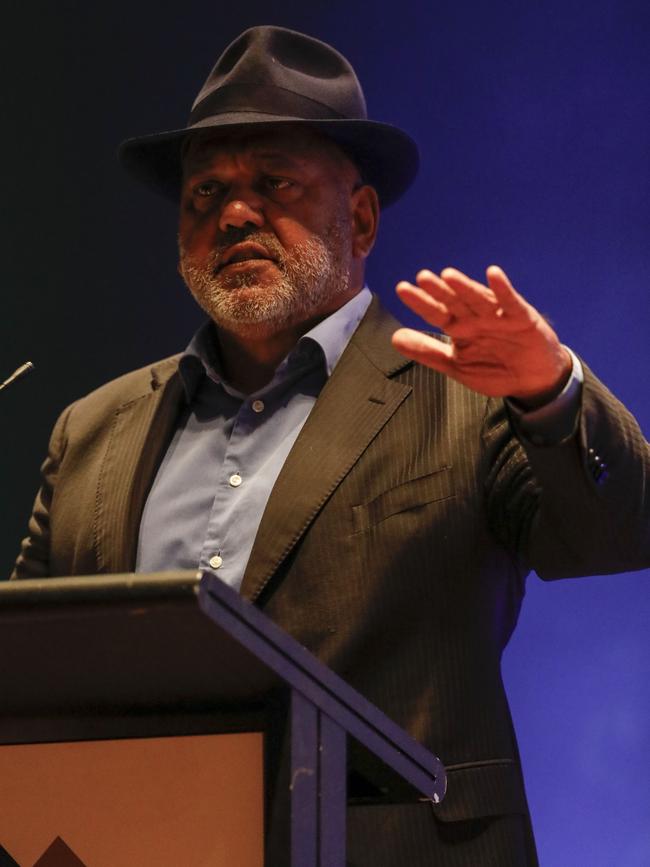
Among the 16 targets — up from seven in the last Closing the Gap agreement — there is a commitment to reduce the rate of incarceration of Indigenous adults by at least 15 per cent and reduce the rate of incarceration of Indigenous juveniles by at least 30 per cent by 2031.
Scott Morrison described the agreement as a partnership underpinned by shared decision-making. The agreement replaces the Closing the Gap initiative of the Rudd government in 2008, which ultimately failed to meet five out of seven targets.
“This is not something the commonwealth can even pretend to think it can do alone,” the Prime Minister said.
“It must be done together with the service delivery and policy arms of state and territory governments, but also with the delivery agencies of Indigenous organisations, which are on the ground, making a difference.”
Mr Morrison said the agreement was realistic, evidence-based and transparent. “It’s practical, it’s ambitious,” he said.

“And from this point, the real work starts. And the plans that are needed from the federal government, from the state governments, the plans that need to find their way into budgets.
“But I tell you where we start — we start with what we have to do, and then we apply the resources to achieve that. This isn’t about buckets of money, this is about changing the way we do things and ensuring that we apply the resources most effectively to achieve that.”
Mr Pearson, the Cape York Institute founder, said the Indigenous bodies who negotiated the targets had no “mandate” to represent Aboriginal and Torres Strait Islander people.
“The only consensus delivered by Indigenous people is contained in the Uluru statement, which called for real, lasting and practical change through a voice to parliament,” he said.
The agreement commits to boosting the capacity of community-controlled Indigenous organisations so they can deliver services that non-Indigenous organisations now do in Aboriginal and Torres Strait Islander communities.

Professor Davis, the University of New South Wales pro vice-chancellor and a constitutional law academic, was also critical. “True self-determination cannot be established through providers of essential services in local communities,” she said.
“The only way to achieve this is through structural reform to give Indigenous Australians some power over the decisions that are made about us.
“Many of these service deliverers making up the coalition of the peaks are also funded by the federal government and as a result will not allow the government to be truly accountable on policies and delivery to truly closing the gap.”
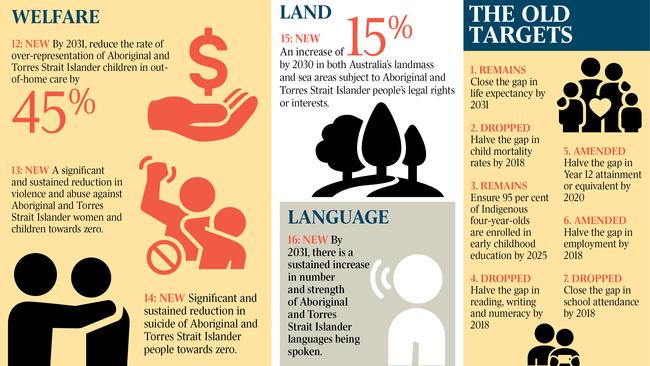
Mr Ah-See, who has advised Mr Morrison on Indigenous affairs and was co-chair of the dialogues that led to the 2017 Uluru Statement from the Heart, said: “You are never going to bite the hand that feeds you so how can these organisations be representative if they only receive resources from government.”
Pat Turner, convener of the coalition of peak Indigenous organisations that are party to the new Closing the Gap, said on Thursday it was a first.
“We have come a long way as partners since the partnership agreement on Closing the Gap came into effect in March last year,” she said.
“Today, we now have a comprehensive set of commitments from governments that places Aboriginal and Torres Strait Islander community-controlled organisations at the centre of Closing the Gap.
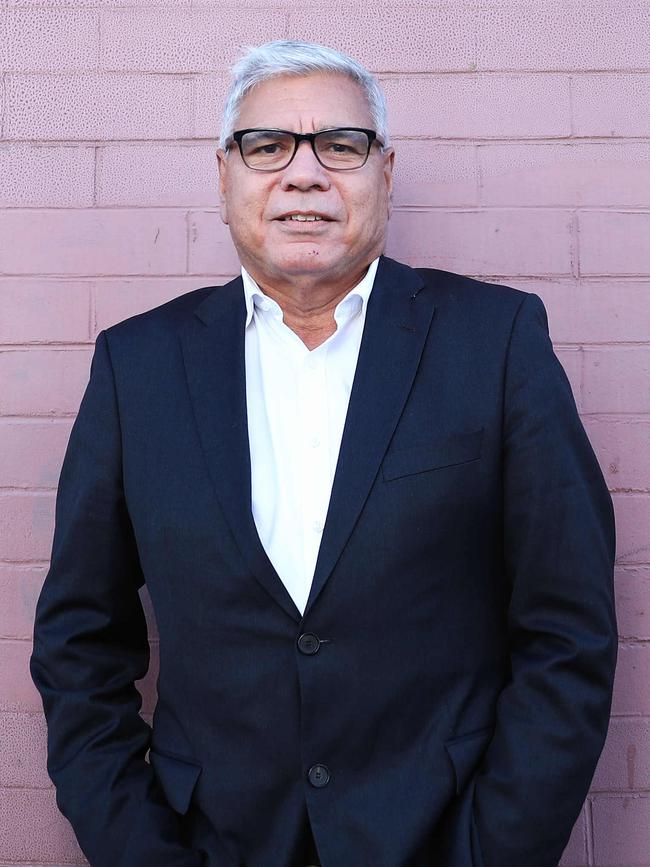
“Aboriginal and Torres Strait Islander people know what is best for our communities, not governments, and this national agreement means that decisions of government on Closing the Gap need to be negotiated and agreed with us.”
Ms Turner said she believed the agreement could lead to many more jobs for Indigenous people in community-controlled organisations.
In the West Australian goldfields on Thursday, Aboriginal nurse Tyrone Brownley said his presence often put Indigenous patients at ease and he was able to resolve misunderstandings because he spoke two of the languages of the region, Ngaanyatjarra and Wangkatha.
Mr Brownley works in remote communities and at the hospital in the city of Kalgoorlie-Boulder, and plans to take up an offer to study medicine at Notre Dame University in Perth next year.
“It is very important for our people to finish school, get those qualifications and move into the good jobs,” he said.
Former Indigenous Advisory Council chair Warren Mundine said the agreement did not appear to have been written with enough emphasis on entrepreneurship. He said he felt it should have drawn on the expertise of a variety of Indigenous businesspeople from the private sector. “How can you have a proper discussion about education, training and skills without (private sector) employers in the room?” he said.
Minister for Indigenous Australians Ken Wyatt said the agreement was historic because it acknowledged “we need to develop approaches to address the issues of inequality and inequity by having Indigenous Australians sitting and jointly designing, planning and developing a direction that is based on how we wrap around people, their life expectancy, life expectations and aspirations from the community level through to the peak organisations”.


